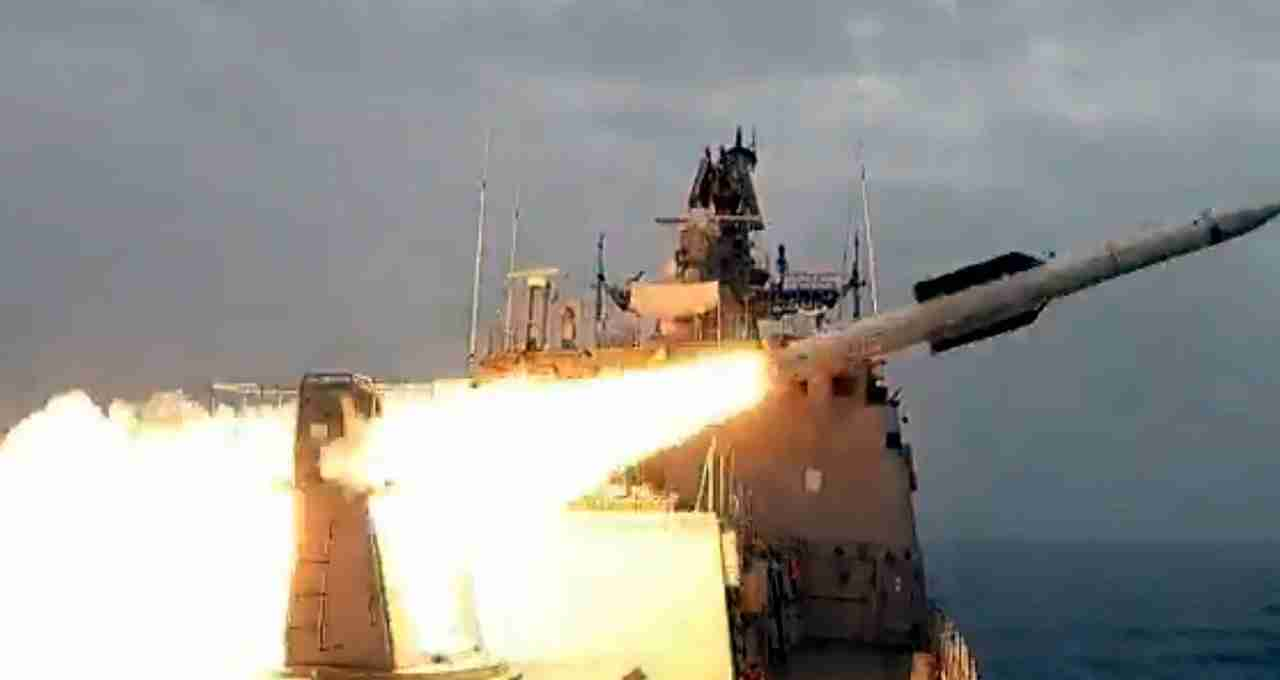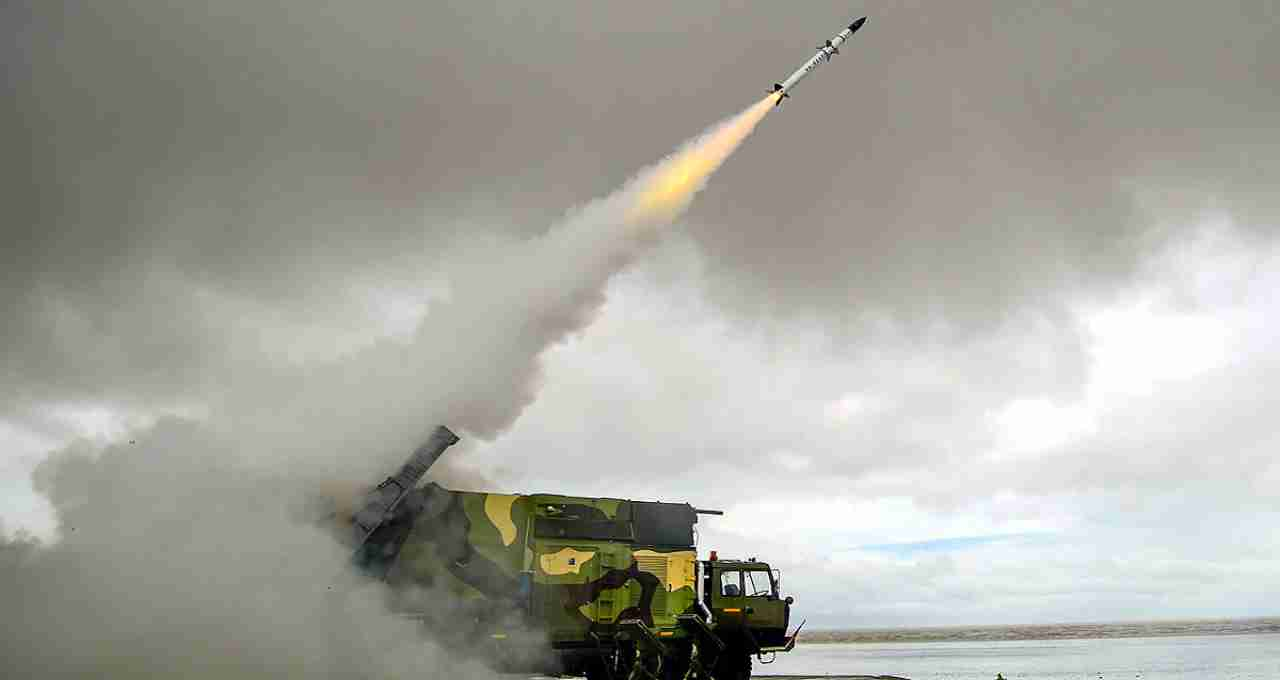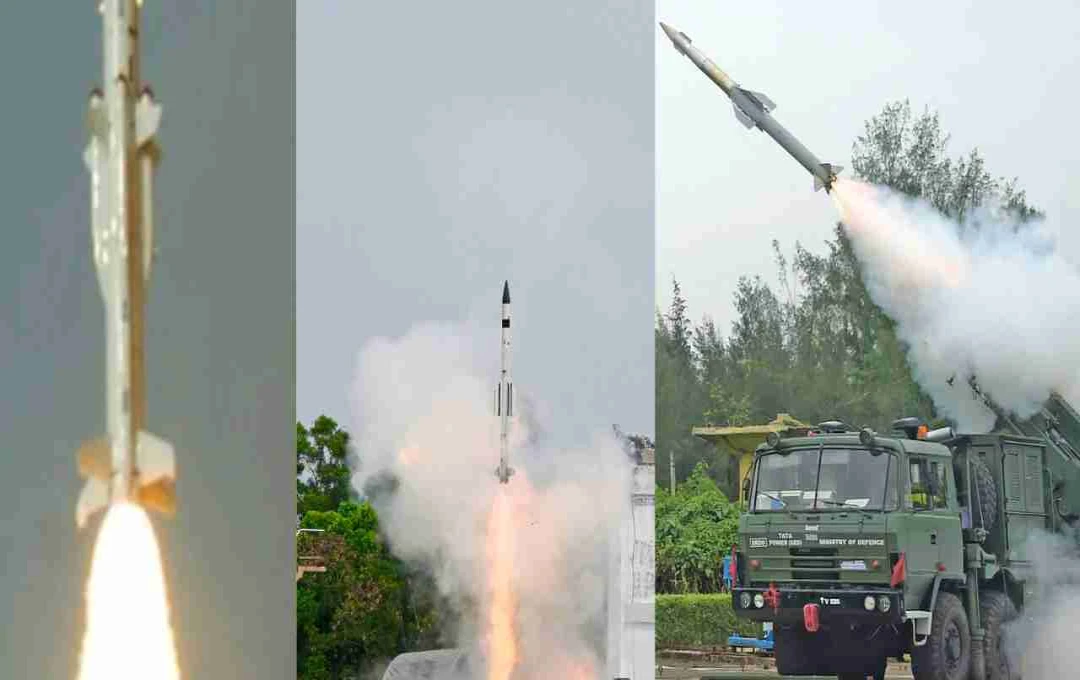India has integrated three indigenous missile systems—QR-SAM, VL-SRSAM, and Akash-NG—to bolster its air defense system following drone and missile attacks from Pakistan.
AIR Defense: The India-Pakistan conflict in May 2025 served as a crucial event showcasing India's air defense capabilities on the global stage. This conflict highlighted the growing threat of low-level aerial threats, such as drones and cruise missiles. Consequently, India is taking steps to further strengthen its air defense system. This includes integrating three new indigenous missile systems—QR-SAM, VL-SRSAM, and Akash-NG—into its multi-layered air defense network.
India-Pakistan Conflict and the Role of Air Defense
On the night of May 7-8, 2025, Pakistan launched drone and cruise missile attacks on several key Indian military installations. This attack was in response to India's Operation Sindur, where India conducted precise airstrikes on terrorist camps in Pakistan-administered Kashmir. During this conflict, the Indian air defense system successfully neutralized over 25 Pakistani drones and missiles. Following this, India planned to deploy indigenous solutions like QR-SAM, VL-SRSAM, and Akash-NG to further enhance its air defense capabilities.
Significance of the New Indigenous Missile Systems

1. QR-SAM (Quick Reaction Surface-to-Air Missile):
QR-SAM is a quick reaction system developed by DRDO. It is capable of engaging low-level aerial threats such as drones, cruise missiles, and fighter aircraft within a range of 25-30 km. A key advantage of this system is its 360-degree coverage, enabling immediate detection of threats from any direction. The system underwent several successful tests in 2024, demonstrating its capability to neutralize drone swarms.
2. VL-SRSAM (Vertically Launched Short-Range Surface-to-Air Missile):
VL-SRSAM is a vertically launched system developed for both the Indian Air Force and Navy. It has a range of 20-30 km and is specifically designed to neutralize drones, helicopters, and cruise missiles. Its vertical launch capability allows for quick response in all directions.
3. Akash-NG (Next Generation):
Akash-NG is an advanced version of the Akash system, providing medium-range air defense. It has a range of 70-80 km and is capable of neutralizing fighter aircraft, cruise missiles, and drones. Its advanced radar and seeker technology make it comparable to imported systems like Barak-8. The system underwent successful tests in 2024 and is projected for deployment by 2025-26.

Why are these new systems necessary?
The importance of these systems in India's air defense lies in their design to counter low-level aerial threats, especially drones and cruise missiles. The recent conflict demonstrated Pakistan's use of inexpensive drones and missiles to attack Indian military installations, posing a significant future threat. Considering this threat, the deployment of indigenous systems like QR-SAM, VL-SRSAM, and Akash-NG is making India's air defense more effective.
What are the advantages of these systems?
1. Quick Reaction: Systems like QR-SAM and VL-SRSAM can be deployed rapidly, fulfilling the need for immediate response in border areas.
2. Indigenous Development: These systems are entirely indigenous, reducing reliance on imported systems. This strengthens India's self-reliant defense mechanism.
3. Flexibility and Mobility: These systems can be deployed on mobile platforms, giving India the ability to respond swiftly in various combat scenarios.
4. Cost-Effectiveness: The cost of these systems is relatively low, making large-scale deployment feasible.














